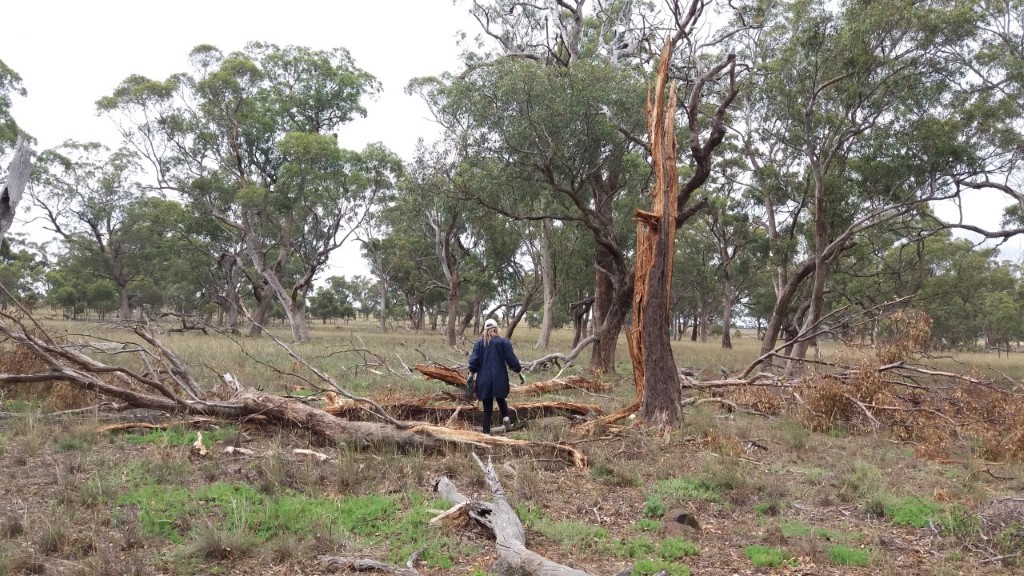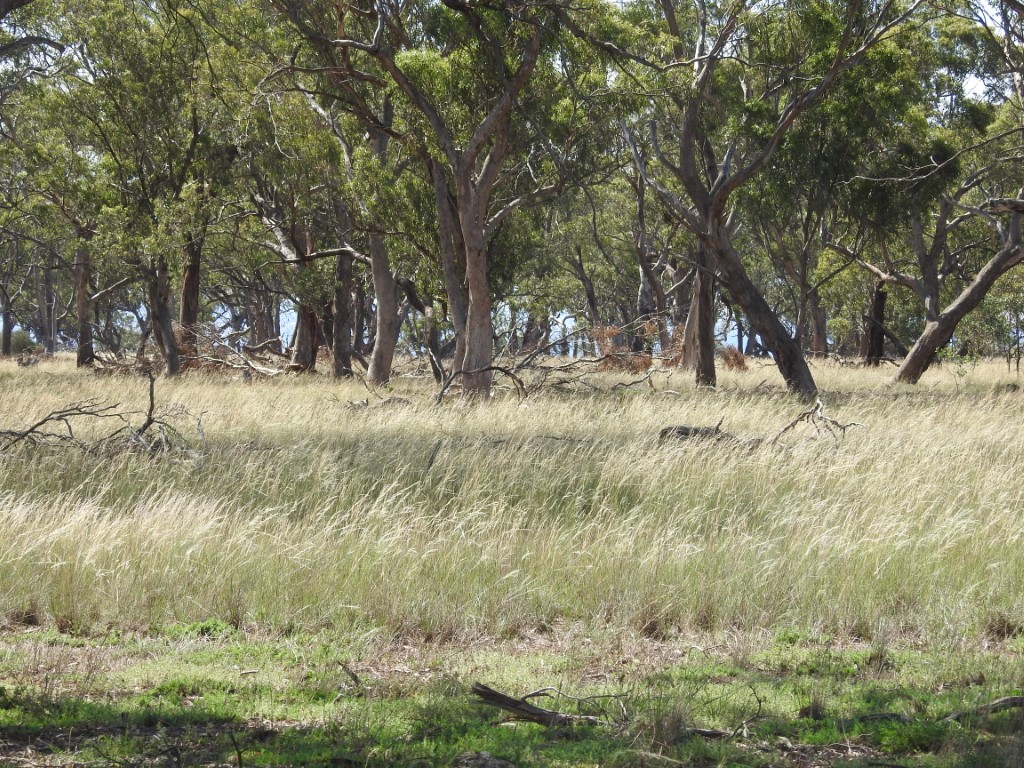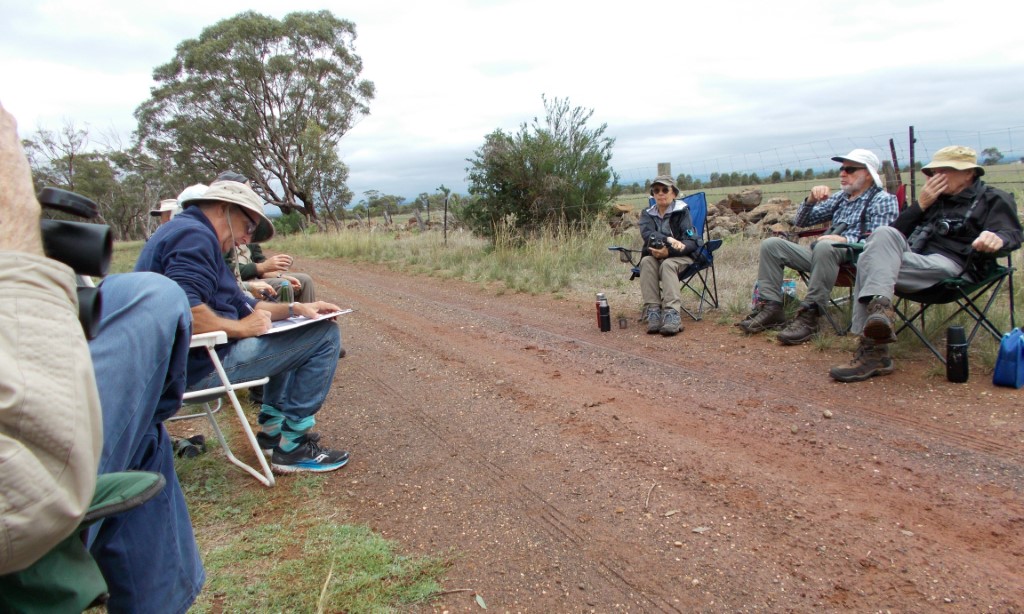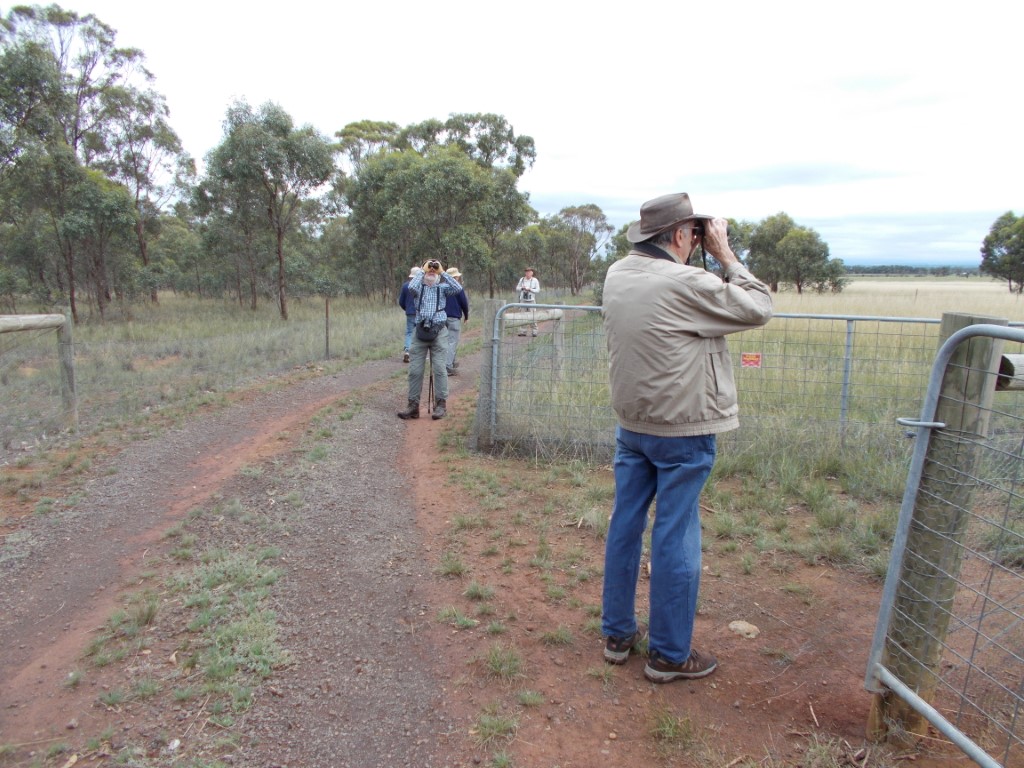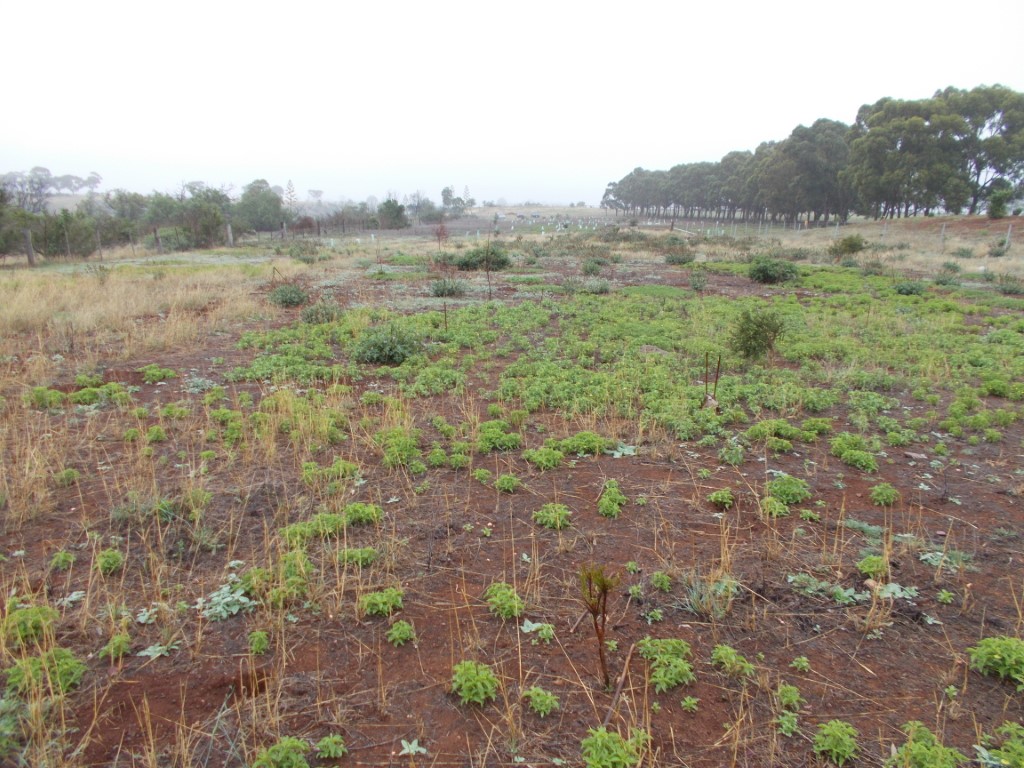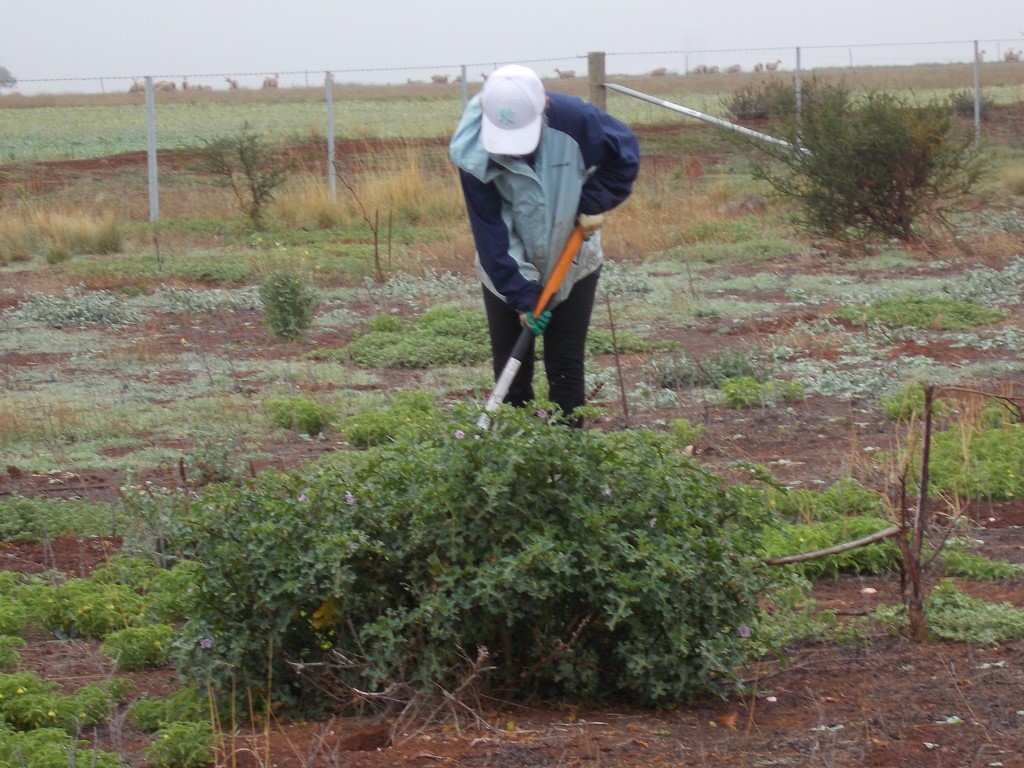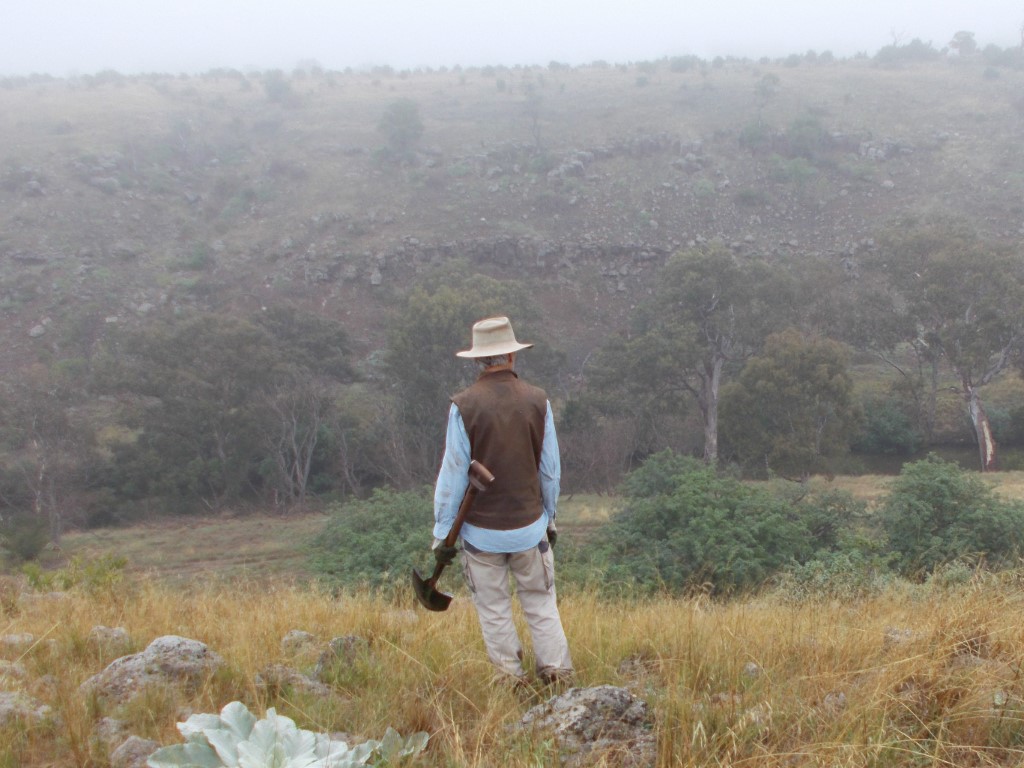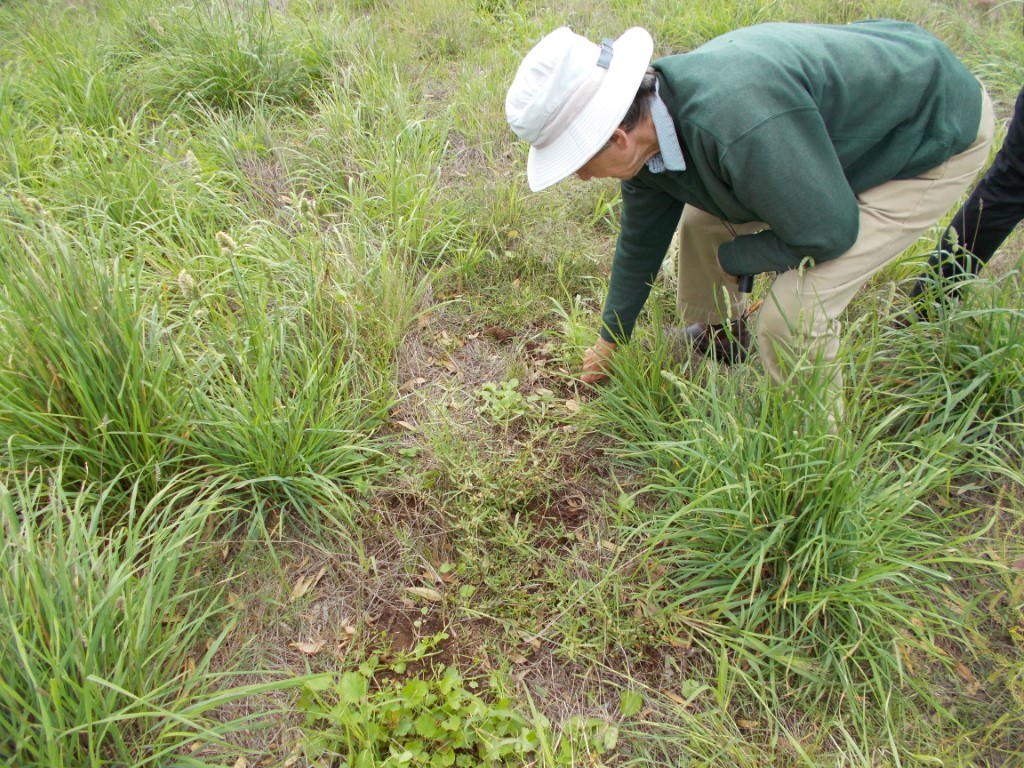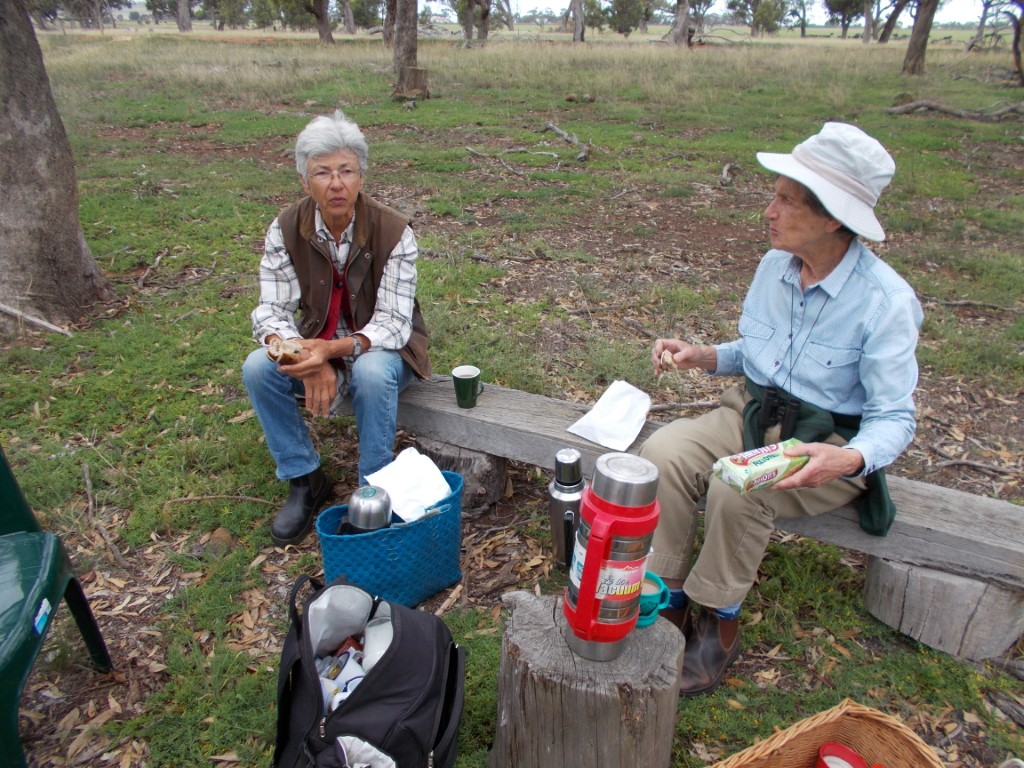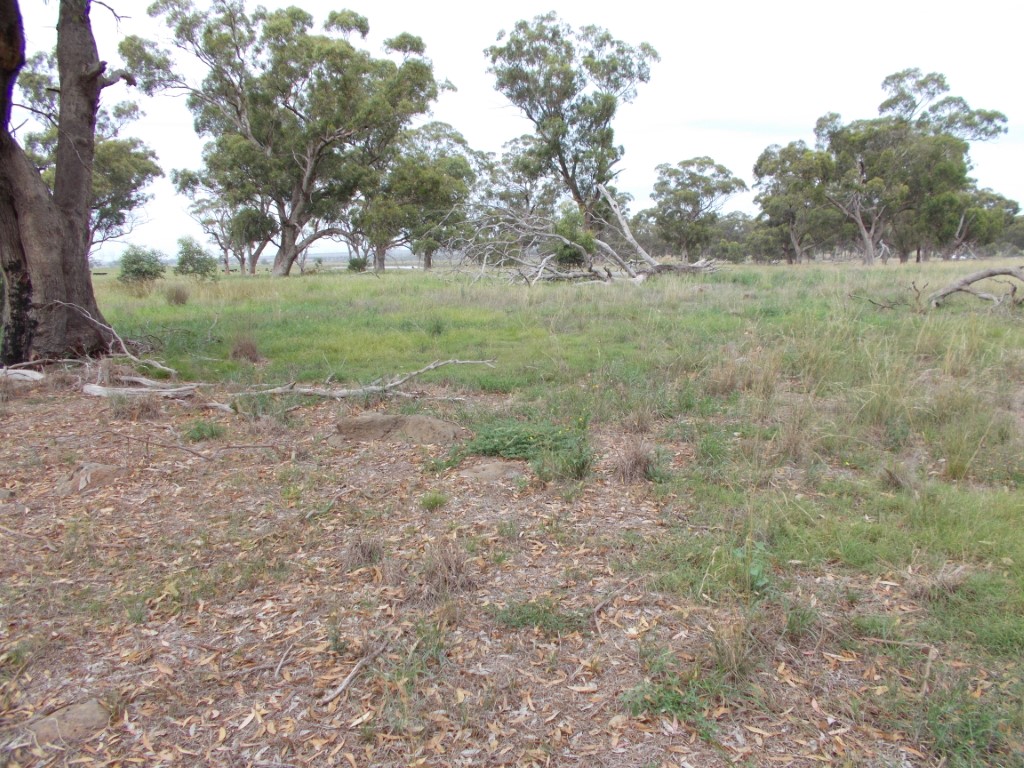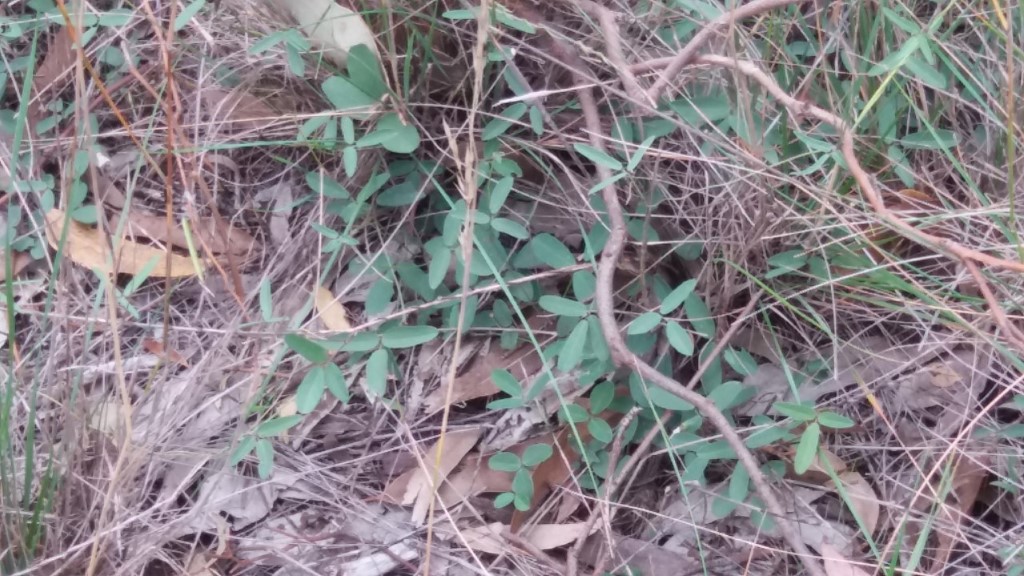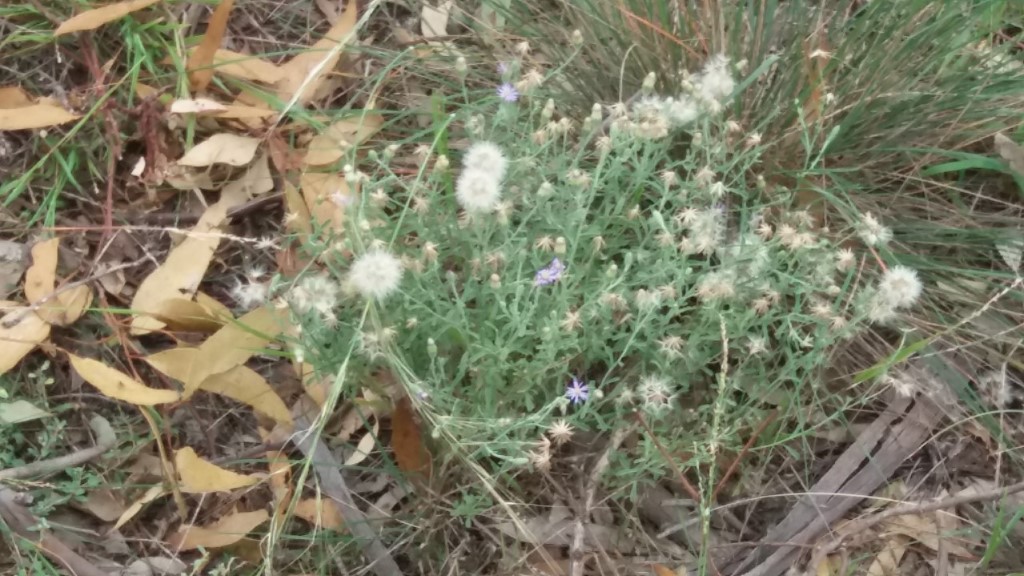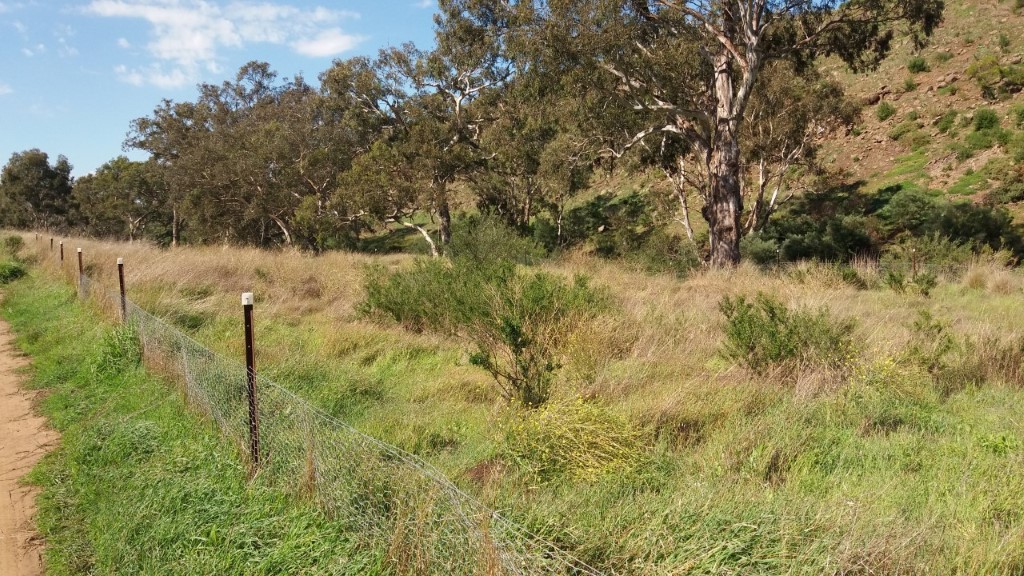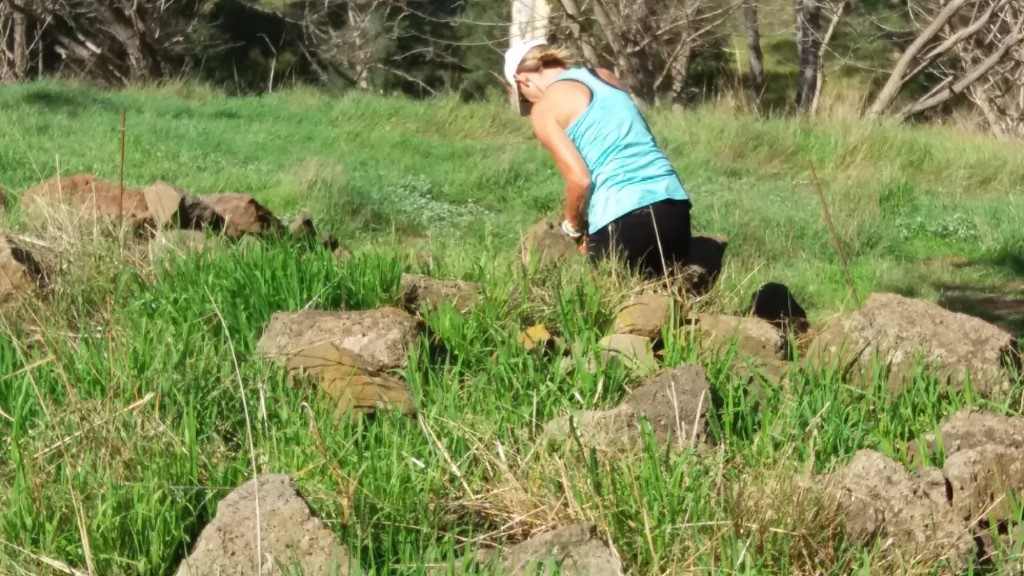Pinkerton Landcare & Environment Group - Enter your slogan here

Pinkerton Landcare & Environment Group
Diary for 2020
Click here to read about PLEG's activities for 2020
Rainfall for 2019

Note: rainfall after March 2020 not likely to be measured due to Covid-19 restriction
Australian Government: Communities Environment Program
Grant for $6,500
In 2019 PLEG was invited to apply for an Australian Government: Communities Environment Program grant. We were subsequently awarded a grant for $6,500, for revegetation work in Pinkerton Link.
‘The Communities Environment Program is designed to support small scale, community-led environment projects that address local environmental priorities in each of the 151 federal electorates across Australia.
The objectives of the program are to:
- deliver positive environmental and social outcomes
- give communities the resources, skills and knowledge to care for the environment.
The intended outcomes of the program are:
- improved management of native species, including threatened species, and their habitat
- improved management of the environment, including coastal, wetland and riparian areas
- reduced levels of threats and risks to the environment, including from the impact of litter/waste, run-off to waterways, feral animals, diseases and weeds
- increased community knowledge of, and participation in, activities that protect and restore environmental assets
- increased community connection with the natural environment in their local area.’
Grant application by PLEG
‘The Pinkerton Link corridor will provide native fauna with a larger habitat area, increased available food supply and promote healthier habitat. The 12 hectare paddock will link Pinkerton Forest and Mulla Mulla Woodland, allowing native fauna to traverse between the two areas, enhancing the biodiversity significance of the two sites. Pinkerton Forest, owned by Western Water, consists of approximately 35 ha of remnant plains grassy woodland. Bush’s Paddock (now Mulla Mulla Grassland) is a Melton Shire Council owned reserve located on the north east boundary of Pinkerton Link. Pinkerton Forest and Bush’s Paddock are examples of fragmented habitat islands. The paddock had been used for controlled disposal of bio-waste for 25 years.
The Pinkerton Landcare and Environment Group (PLEG) will institute tree-planting, re-vegetation, weed control by weeding, spraying, slashing, burning & grazing. Slashing will be by Western Water personnel, spraying & burning by a registered environmental contractor (Western Land Services) & the farmer who leases the bulk of Western Water's property at Surbiton Park will be asked to graze his sheep to control exotic annual weeds at the appropriate stages of growth. More sensitive weeding will be done by PLEG members. Pest control is undertaken by Western Water or by suitably qualified contractors.
We regularly invite schools & other community groups (ie Girl Guides, bird watchers, bushwalker etc) to assist to assist in planting & weeding. We also invite members of the local community to join us in environmental activities, advertising these in the local press, social media, local environmental newsletter & email mailouts.
We only plant locally indigenous plants, grown from locally collected seeds either by PLEG members or by an indigenous nursery (GAGIN).
We regularly monitor bird diversity & populations & record these on eBird. We also monitor wildlife by means of a movement-triggered trail camera.
This ambitious & innovative project by PLEG, in partnership with Western Water, aims to achieve nothing less than to replant a forest on a paddock that is at present virtually devoid of native vegetation!’
Monitoring weeds in Pinkerton 8th February 2020
On Wednesday 8th February Irene, Rosemary and Daryl had a monitoring walk in Pinkerton Forest and Pinkerton Link.
Pinkerton Forest is looking good. The January rainfall has prompted grown of Speargrass, Windmill Grass and some Wallaby Grass. The Windmill Grass is a summer grass but the Speargrass and Wallaby Grass more usually grow in spring. Hopefully the Speargrass and Wallaby Grass will set seed.
Issues identified were:
- We found Scotch Thistle and Horehound in the western section, between the graves and the western boundary
- Some small Boxthorns scattered through the Forest
- There was surprisingly little Serrated Tussock.
- These weeds should be able to be tackled by the Group.
- Unfortunately there is Galenia scattered through the Forest, especially around the eagles nest
- There is need for weeding around the Pinkerton graves.
- There is need to weed the Mound near the graves carpark
Exotic grasses are relatively absent, no doubt resulting from grazing by sheep in spring, prior to Wild Oats seeding.
Boxthorns are quite small at most half a metre in height, in relatively small numbers. A day’s work by PLEG should control these.
Lightning strike in Pinkerton
This tree was discovered to have been struck recently by lightning, possibly during the band of storms that recently passed through Victoria and into NSW, starting numerous catastrophic bushfires in the process. As Irene remarked, fortunately no fire was started here. However the lightning strike must have been an exceptionally powerful one as the tree was completely shattered. Even the leaves were dry and scorched. Leaves from fallen limbs usually dry out over weeks; often providing an opportunity to collect seeds usually high out of reach.
Usually lightning leaves a long scar down the trunk of the tree, with the tree often surviving. But in this case the tree looked as though it had exploded, with metre long shards scattered over a fifty metre radius.
A warning to keep out of the bush during thunderstorms!
Diary 2020 No1-2
Rosemary Irene with tree lighting strike 8 feb 2020
Rosemary with tree lighting strike 8 feb 2020
Speargrass growth Pinkerton Forest 2 feb 2020
Rosemary Irene with tree lighting strike 8 feb 2020
Weed infestation in Pinkerton Link
After the walk through the Forest we visited Pinkerton Link. We noticed that the rains in January prevented the need to water the Grey Box trees in Pinkerton Link planted by Melton Secondary College last year. About 105 of these have survived, complementing those trees already planted in previous years.
However rain is often a two edged sword as the rain prompted swift weed growth in the Greening Australia sector. This sector in January was dry and bare but is now covered by lush weed growth. This weed first appeared near the Pink Link gate a few years ago, suspected to have been brought by sheep. The seeds are very sticky, attaching themselves to clothing & no doubt animal hair & wool.
Western Water were advised of the weeds and within days the weeds were treated by Western Land Services. In less than a week the once green weeds are now yellowing already. Many thanks to Western Water and Western Land Services for their swift action!
Quarterly Bird Survey 17th February 2020
On Sunday 16th February PLEG hosted a quarterly bird survey in Pinkerton Forest and Mulla Mulla Woodland.
Birdlife Australia formerly Bird Observers Club of Australia (BOCA) have been conducting quarterly Bird Surveys by for about fifteen years. Previously these walks were hosted by Birdlife Australia’s Werribee Wagtails, but since the demise of the Werribee Wagtails they will now be hosted by PLEG. About 127 bird species have been recorded at Pinkerton & about 150 at Eynesbury to date. These quarterly surveys provide valuable data as to both bird diversity & numbers in these woodlands. Without the expertise and keen eyes of these bird observers our knowledge of the birdlife of Pinkerton Forest would be much the poorer. Citizen science in action!
Despite the 15mm rainfall over the previous two days Pinkerton Lane was easily passable. Several years of drought have resulted in a considerable moisture deficit in the soil, so any rain that falls quickly soaks into the dry soil beneath. Similarly the track through Pinkerton Link was a bit slippery in places but passable.
Hundreds of Tree Martins were milling about. Summer rain had no doubt promoted large flying insect numbers. Unfortunately the White-browed Woodswallows that were present through summer had gone. These arrived in a large noisy flock the previous October. They usually arrive in Melton in November so their arrival last year was earlier. Similarly, Sacred Kingfishers also arrived in the region a month or so early. Earlier in February the White-browed Woodswallows were seen massing in Pinkerton Forest in a large noisy flock so perhaps they were preparing for their departure northward again. However we saw several Dusky Woodswallows. Three Wedge-tailed Eagles were flying low over Mulla Mulla, probably a pair with their young. They nested a year ago in Mulla Mulla Woodland so perhaps they had nested here again. Two Crested Shriketits were heard in Pinkerton. These birds are quite spectacular in appearance being boldly marked with black, yellow and white. Unfortunately they remained out of sight, being identified by the calls only.
After about 15mm rainfall over a couple of day’s water was running down the drainage line through Mulla Mulla Grassland into the dam at the lower end of the Reserve. This dam was loud with the clicking calls of numerous Spotted Marsh Frogs and the more melodious banjo-like calls of several Pobblebonks. As several years drought the frogs have obviously survived underground, waiting for the return of rain to fill their dam once more. Hopefully the dam will hold water long enough for their eggs to hatch and for the tadpoles to mature into adult frogs. The Spotted Marsh Frogs may not need much time to mature but the larger Pobblebonks may need somewhat longer.
After lunch at Pinkerton the group then proceeded to Eynesbury Forest.
Bird records for Pinkerton Forest, Pinkerton Link, Mulla MUlla (Bush’s Paddock) and Eynesbury can be found on eBird.
Diary 2020 No 3
1 DSCN0064.jpg1.jpg
https://pinkertonforest.com/images/stories/journal/diary-2020/1 DSCN0064.jpg1.jpg
1 DSCN0065.jpg 1.jpg
https://pinkertonforest.com/images/stories/journal/diary-2020/1 DSCN0065.jpg 1.jpg
1 DSCN0073.jpg 1.jpg
https://pinkertonforest.com/images/stories/journal/diary-2020/1 DSCN0073.jpg 1.jpg
1 DSCN0075.JPG
https://pinkertonforest.com/images/stories/journal/diary-2020/1 DSCN0075.JPG
Weed monitoring at Pinkerton Escarpment 12th February 2020
On Wednesday 12th February Irene, Rosemary and Daryl planned to visit the old Pinkerton homestead at Pinkerton Flat to assess weed control. However 2mm rain overnight made both the track down to the river and the valley below muddy and unfriendly to vehicles. We decided instead to walk the full length of the restoration area at the top of Pinkerton Escarpment for an assessment here. We looked unsuccessfully for any germination of the native grass seeds sown by PLEG in August 2018. This may be due to the harsh weather conditions over the last couple of years. Hopefully the present summer rains may trigger some grass germination this coming autumn.
We removed all Artichoke Thistles as we went, as well as removing some Mullein, Prairie Ground Cherry and Apple of Sodom. There is need for control of Serrated Tussock in the southern half of the sector.
As we walked through the sector planted by Western Water on top of the escarpment, outside the section jointly maintained by PLEG, we replaced as many of the treeguards that had blown away as we could. Despite the drought many of these are surviving. Most of these have been severely impacted by grazing, mainly by Rabbits. However many of the trees have been severely broken down, probably by feral Goats.
We also removed many weeds here as we went, including Apple of Sodom, Mullein and thistles.
Issues identified above the escarpment are:
- No native grasses could be seen germinating from the seeds deposited in August 2018
- This may be due to the harsh weather conditions over the last couple of years.
- Hopefully the present summer rains may trigger some grass germination this coming autumn. - Artichoke Thistles
- Mullein
- Prairie Ground Cherry
- Some Prickly Pear (one large)
- severe grazing by Rabbits
- damage to small trees by Goats
- need to repair rabbit-proof fence
- There is need for control of Serrated Tussock in the southern half of the sector.
We removed large numbers of Artichoke Thistles as we went, as well as all Apple of Sodom, some Mullein, smaller Prickly Pear and Prairie Ground Cherry.
Western Water planted area adjacent to escarpment edge jointly managed by PLEG & WW on top of the escarpment
- Artichoke Thistles
- Mullein
- Prairie Ground Cherry
- Apple of Sodom
- severe grazing by Rabbits
- damage to small trees by Goats
- treeguards blown away
PLEG members removed most Apple of Sodom, as well as large numbers of PGC, Mullein & Artichoke Thistle
We also noticed the myriad of stone artefacts that lie scattered along the escarpment. Graphic evidence that people have lived and worked here for many thousands of years.
Diary 2020 No 4
Irene Rosemary with Prairie Ground Cherry 12 feb 2020
Prairie Ground Cherry in revegetation sector
Rosemary digging Apple of Sodom Pink Escarpment 12 sep 2020
Rosemary Irene Pinkerton Escarpment 12 feb 2020
Irene above Pinkerton homestead 12 feb 2020
Meeting at Upper Pinkerton to discuss flooding 4th March 2020
On 4th March Frances, Irene, Nathan (Western Water) and Daryl met at Pinkerton to discuss weeds in Upper Pinkerton.
Stuart Boardman of contractor Haas and Grey reported that irrigation water had breached the boundaries and flooded into Upper Pinkerton, creating the growth of weeds. There was concern that the biodiversity of Upper Pinkerton would be adversely affected by the excessive weed growth.
The suggestion was made that the area could be grazed to remove the weeds.
We walked through the affected area to find that exotic weeds had proliferated in the flooded area.
However, we were amazed to see the proliferation of Microlaena (Weeping Grass) here among the weeds, following the flooding. The Redleg Grass and Windmill Grass are also seeding prolifically.
The Redleg Grass is especially valuable due to its very deep roots (at least 1.5 metres deep).
We are keen to see that the native grasses have an opportunity to fully develop & ripen, as this will greatly contribute to the biodiversity of Upper Pinkerton.
Also, the Plains Joyweed (Alternanthera sp 1) is growing well & flowering, especially in the flooded area. We are keen not to have this rare grassland plant grazed before it has the chance to set seed.
As we have not seen much Weeping Grass here in Upper Pinkerton we are eager to allow the seeds to mature & form a seed bank in the soil.
After discussion following our walk in Upper Pinkerton we decided that would like to see grazing here deferred until late winter or spring. The sheep may not be too keen anyway to eat the exotic grasses at this time as these are now quite tall. If they are unwilling to eat the tall exotic grasses then they may well eat the shorter natives that are now seeding.
There will be ample opportunity later in the year for sheep to graze the weeds in spring, without damaging the native grasses.
Excessive weed growth due to periodic irrigation overflow is something we have learn to deal with over the years. Not a great disaster in the overall scheme of things.
Diary 2020 No 5
Alternanthera Upper Pinkerton Mar 2020
Morning tea Pinkerton shed 4 March 2020
Nathan, Frances, Irene with Redleg Grass after flooding upper Pinkerton Mar 2020
Weed growth after flooding 4 Mar 2020
Weeding in Pinkerton Forest Wednesday 23rd March
On Wednesday 23rd March Irene, Rosemary and Daryl returned to Pinkerton Forest where we spent several hours weeding.
Due to Stage Two Covid-19 restrictions we kept several metres from each other, in a 40 acre woodland this was not difficult.
Using mattocks we removed Galenia (Carpet Weed), Boxthorn & a very few Serrated Tussock.
After morning tea we collected seed from native grasses; Weeping Grass, Redleg Grass and Windmill Grass. The weeping Grass and Redleg Grass had grown prolifically in response to the accidental flooding from the breached bund that keeps irrigation water from Upper Pinkerton. Large quantities of exotic weed grass had grown as a result of its flooding but we were pleasantly surprised to see the native grasses proliferating also! Every cloud has a silver lining!
We are used to dealing with accidental flooding resulting in weed growth. The weeds are easily controlled by grazing by sheep.
However we decided that the grazing should be held over until late winter or earlier spring to allow the native grasses to set seed.
PLEG member Dr Rosemary Fethers created a set of health and safety guideline in response to Stage Two Covid-19 restrictions. Within days however these were quickly superseded by Stage Three restrictions.
We were pleased to see many wildflowers growing in the Forest, including New Holland Daisy, Desmodium and Dianella.
Diary 2020 No 6
Desmodium in Pinkerton Forest
https://pinkertonforest.com/images/stories/journal/diary-2020/Desmodium in Pinkerton Forest .jpg
Dianella in Pinkerton Forest
https://pinkertonforest.com/images/stories/journal/diary-2020/Dianella in Pinkerton Forest .jpg
Irene, Rosemary weeding Pinkerton 23 Mar 2020
New holland daisy Pinkerton 23 Mar 2020
Weeding around old Pinkerton homestead Wednesday 11th March
On Wednesday 11th March Irene, Rosemary and Daryl returned to Pinkerton Flat beside the Werribee River where we spent several hours weeding around the ruins of the old Pinkerton homestead.
Irene and Daryl tackled the thistles and Paterson’s Curse with whipper snippers while Rosemary attacked he weeds with a mattock.
Fortunately the thistles were green and soft so they were fairly easy to cut. We resolved that we should return at a later date to finish off the weeding with spraying, to prevent weed regeneration.
We noticed that rabbits were prolific along the Flat. We also noticed Prickly Pear and Spitting Cucumber.
After the weeding and morning tea we walked along Pinkerton Flat where we discussed possible strategies for revegetation along the flat. Melicytis bushes are regenerating naturally inside the rabbit-proof area and are growing in dense thickets.
We have several Blue Box trees that we can plant beside the homestead. The Blue Box trees we planted a few years ago have not survived so we will try planting more. We have about ten trees grown from seed collected from here.
We need to plant native grasses also near the access track as the grasses have not survived here either. Pinkerton Flat has proved a challenging site with several attempts to restore the natural vegetation here. We may move the goat trap from beside the homestead and place it near the access track, so that we may plant inside it. We also discussed placing rocks around the grasses and other plants to protect them from the harsh north winds that sweep down the gorge, drying out the soil. Perhaps beginning watering earlier in the year may help them survive. Also, concentrating on planting first close to bottom of the access track may create a wind barrier to protect plants downwind.
Diary 2020 No 7
Irene whipper snipping round old homestead
Melicytis regenerating inside rabbit-proof enclosure
Rosemary Irene Pinkerton Flat 11 Mar 2020
Rosemary round old homestead
https://pinkertonforest.com/images/stories/journal/diary-2020/Rosemary round old homestead.jpg

